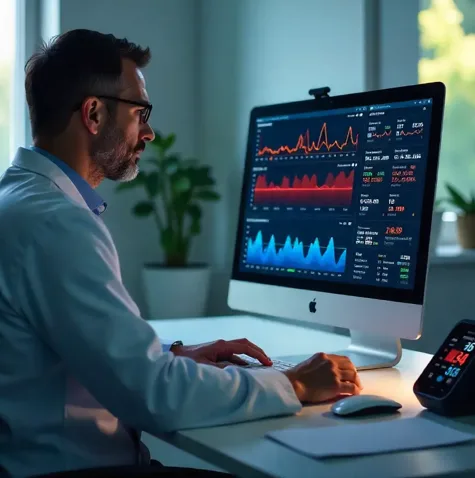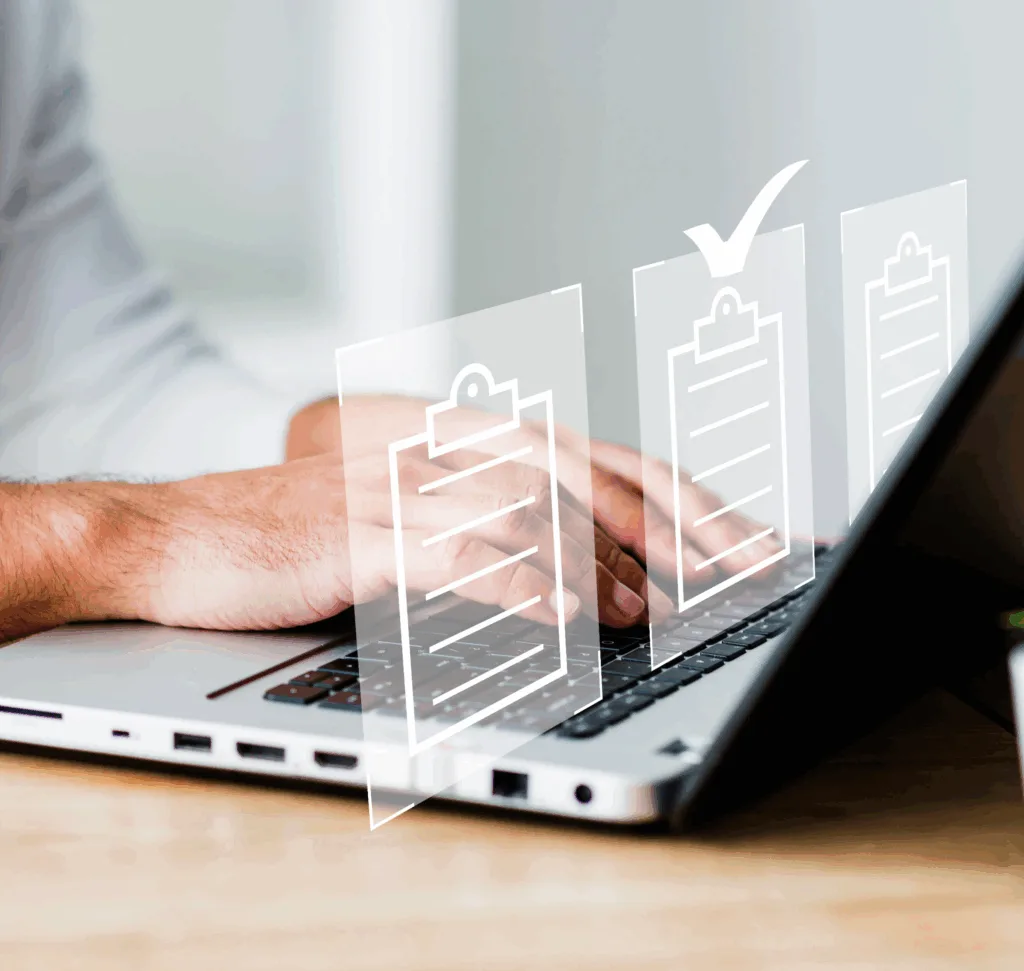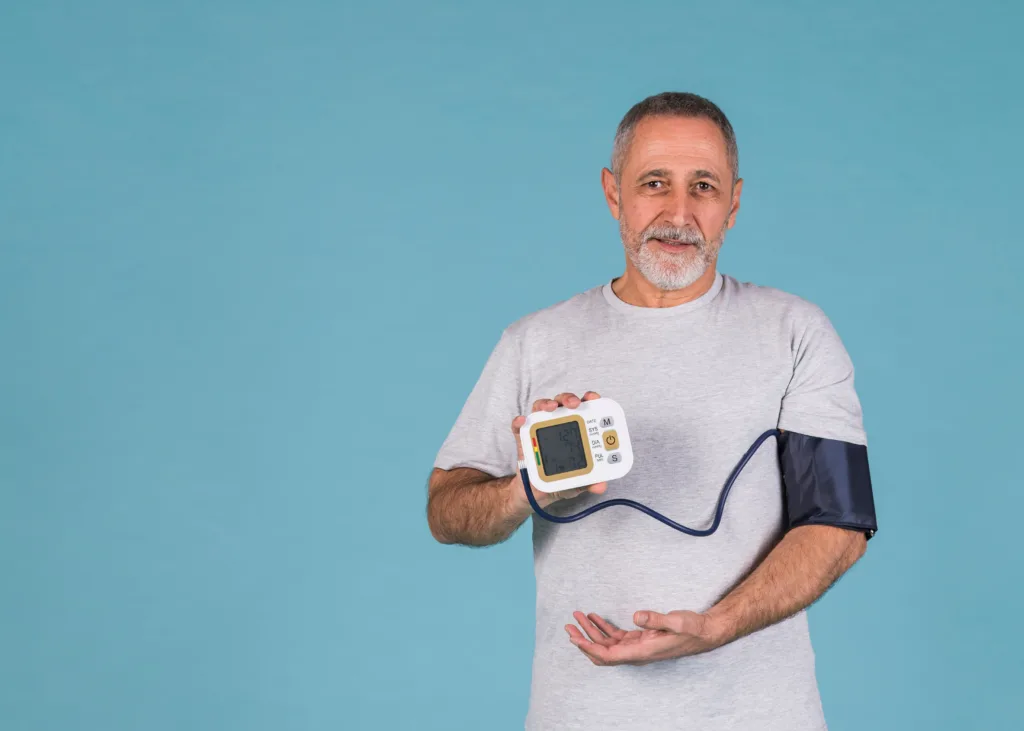In the context of RPM revenue, many healthcare practices often struggle with unpredictable revenue due to fragmented visit-based billing. Complex documentation, extended billing cycles, and denial appeals amplify overhead and strain administrative teams. Clinics face delayed revenue, reducing financial flexibility and compromising care investment decisions. Additionally, providers balancing chronic care needs lack consistent streams outside face-to-face visits. As clinics adopt digital care, RPM offers a transformative solution, shifting billing from episodic to subscription-based models, improving both clinical outcomes and financial predictability.
RPM Revenue: Clinics Can Bill via CPT Codes
Remote Patient Monitoring (RPM) qualifies as a reimbursable service under specific CPT codes. Providers can reimburse setup (99453), device supply (99454), and clinical management time (99457 and 99458) These codes transform RPM into a steady revenue source. For example, national 2025 reimbursement rates approximate $43 for device supply (99454) and $47 for 20 minutes of clinical management (99457) Consequently, RPM not only improves care but helps financial teams forecast income more reliably, unlike sporadic in-person visit revenues tied to E/M services.

RPM Preventive Impact: Reducing Hospital Admissions and Costs
RPM enables early detection of health deterioration, reducing expensive acute care usage. A systematic review across 25 institutions documented a 19–41% drop in chronic care complication admissions . Further, Michigan Medicine cut hospitalizations by 59% among high-risk patients via RPM programs. These outcomes lower costs tied to ED visits, inpatient stays, and readmissions. Financially savvy institutions that invest in RPM gain dual benefits: new reimbursement lines and drastic reductions in high-cost care episodes, driving both improved outcomes and operational savings.
RPM Revenue: EHR Integration Streamlines Billing
Integrating RPM with Electronic Health Record systems automates data flow from device readings to billing workflows. Esvyda captures vitals and care interactions in real time, embeds timestamps into EHR, and auto-generates compliant documentation for each billing period. This reduces coding errors, claim rejections, and administrative workload. Clinics improve coder productivity, bill faster, and accelerate reimbursements. Such system-to-system integration aligns clinical capture with financial workflow, enabling value-based programs and boosting B2B scalability across networks.

Why Esvyda Maximizes RPM Revenue and Sustainability
Esvyda enhances RPM Revenue by delivering bilingual, secure, and compliant automation—from devices to analytics dashboards. Our platform improves clinical outcomes and preserves A1C and blood pressure control through continuous monitoring and robust care coordination. As a result, providers see higher patient satisfaction, stronger value-based metrics, and reduced claim denials. Esvyda supports revenue growth through consistent billing, optimized workflows, and precise documentation, offering clinics a financially sustainable RPM foundation that aligns with modern reimbursement models and improves financial health.
Download this artice
RPM Revenue: Boost Billing & Financial Sustainability
RPM Revenue empowers healthcare providers by unlocking consistent reimbursement. Esvyda enhances RPM Revenue by delivering bilingual, secure, and compliant automation—from devices to analytics dashboards.
Click Here

